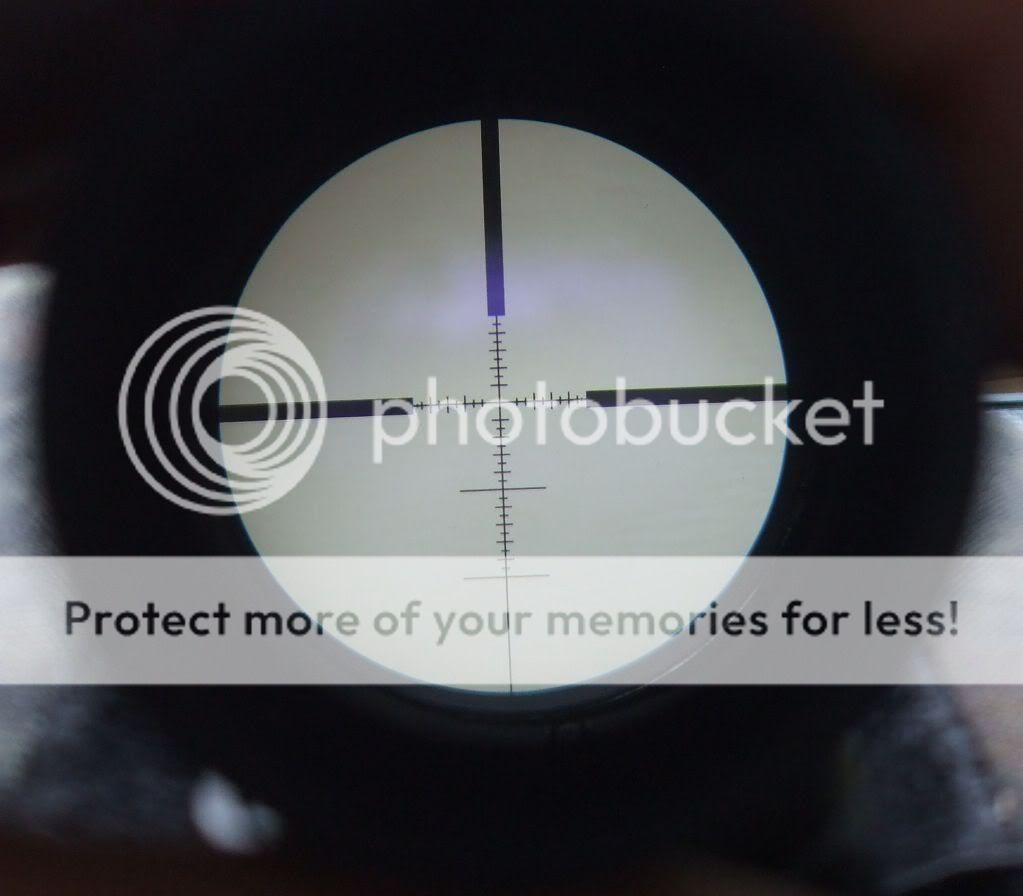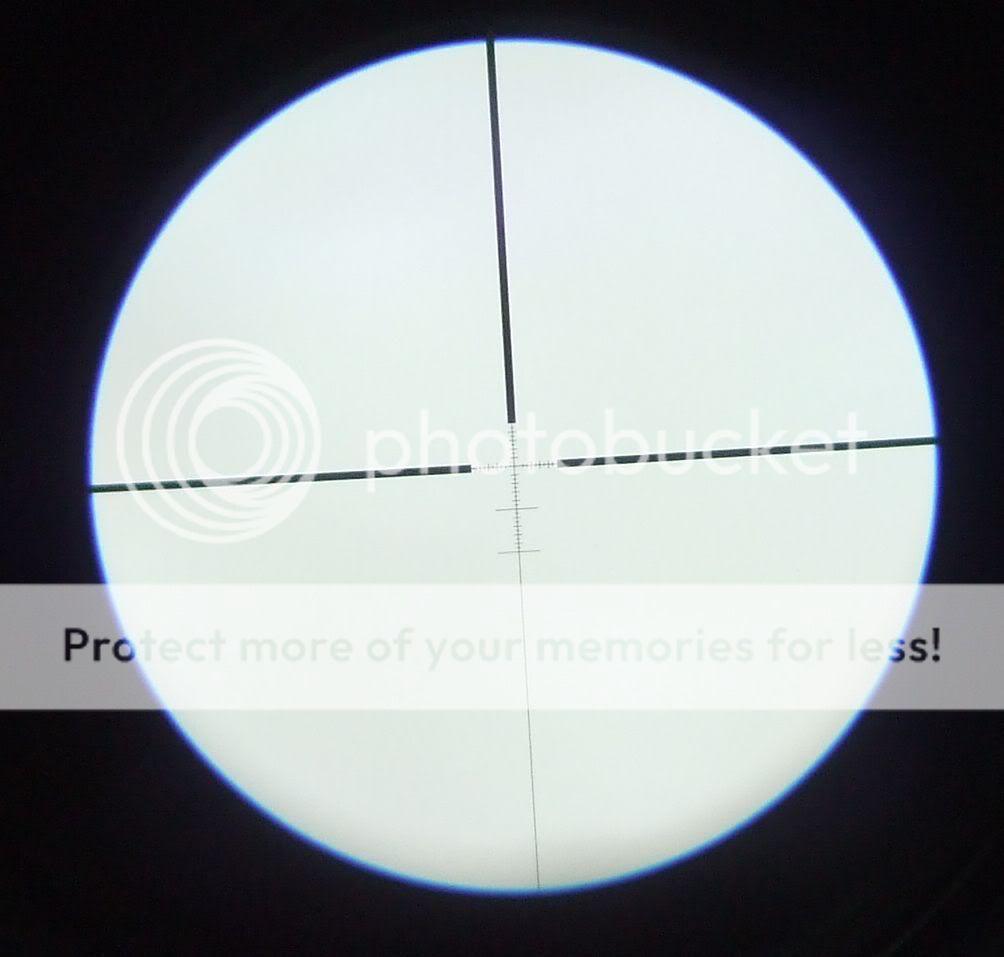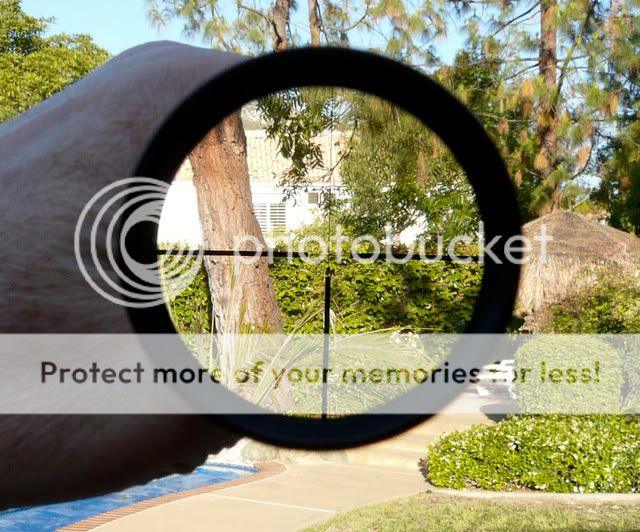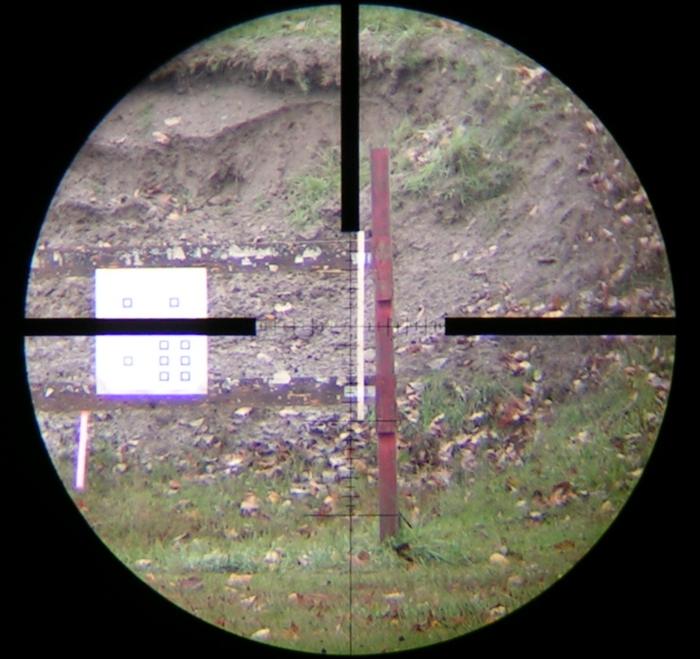What do you do when you make a large change in altitude or temperature? Or do you limit your shooting to 600 yards?
Jeff
I have only shot in Wyoming near Gillett which is about 4500 ft. My custom turret only goes to 900 yds. then I have to dial up, but it is accurate to 900.
I am an older codger of 66+ years and am not going to do anymore climbing since I just I got busted up pretty good in an accident.
I know now that if I hunt above 8,000 ft it would make a difference, but with a 6mm Norma BR. it doesn't have much poop past 500 yds. for killing antelope or deer.
Here in north Georgia I have a range that goes to 400 then jumps to 1,000 yds. so I haven't been able to test it here in between those ranges. Now I can see that your point is valid.
If you hunt at big elevation changes I can see how dialing might be a better way to go for much longer ranges.
joseph
PS: Even though I am in my 67 th. year I am still able to learn new tricks.




